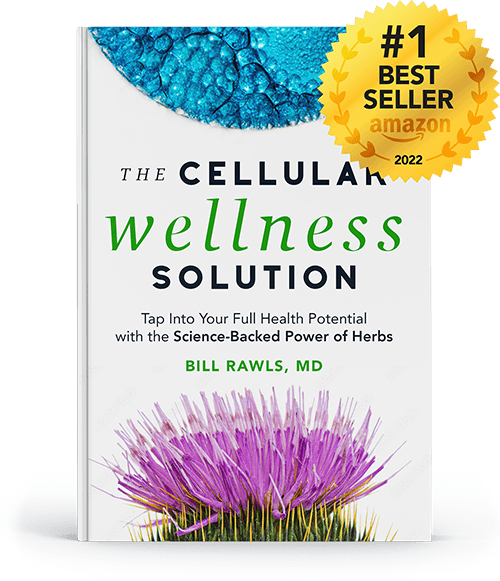Is alkaline water a fad? Or, does it have a regular place in your detox regimen? Watch as Dr. Bill Rawls discusses how alkaline water can supply the body with some much-needed electrons to ease inflammation, neutralize free radicals, and aid detoxification. Learn about other ways to detox here.
Video Transcript
Question: Can alkaline water help you detox?
Tim Yarborough: This is from Shiva: What are your thoughts on alkaline water as far as detoxing?
Dr. Rawls: Yeah, good stuff. Yes. It’s all about electrons, really. You know, you heard me talk about negative ions supplying electrons. So when you look at this process of inflammation, and we talk about free radicals. So free radicals are electron-deficient molecules that pluck electrons off of other molecules and destabilize them, and it causes everything to break down. So when you look at the processes of inflammation, white blood cells produce free radicals and acid to break down debris and substances.
So if that process is, say, excessive, it becomes destructive. So it’s all about electrons and the deficiency of electrons. If your body’s inflamed, you’re in an electron-deficient state. All right. So you’ve got free radicals in the air; you’ve got positive ions that are electron-deficient particles.
So what is that? Well, it’s carbon dioxide put out by the exhaust of cars and industry that have been stripped of electrons — so carbon dioxide and other particles that are stripped of electrons or positive ions. When we breathe these things, they rob electrons from our body, and they accelerate inflammation.
Acid is electron-deficient water. So all of these things, so anything that we can do to contribute electrons, so alkaline water is electron-rich water. So when you drink alkaline water, it’s like drinking an antioxidant. When you breathe in negative ions, it’s like breathing in an antioxidant.
Now, the pH of your blood is very tightly regulated. You have to keep it at about 7.4 all the time, or you’ll die. So this thing of acidic blood really isn’t true, or acidic tissues, if you measure those in any body, they’re going to be the same.
But if you’re eating a diet that’s very rich in grains and meat, when you metabolize those things, it generates acid in your system that has to be immediately neutralized, so you maintain that steady pH. So what we do to neutralize it is we pull calcium carbonate from our bones to act as a buffer to neutralize the acid. And so osteoporosis is associated with high grain and meat consumption.
And it’s really hard on our kidneys. And so it’s doing a lot of things in our system. Drinking alkaline water is just one way to contribute electrons and reduce that inflammatory electron-deficient state in the body.
So I do it regularly, and I always feel better. I feel less inflamed when I’m drinking alkalinized water. The only downside of it is if you drink a lot of alkalinized water and alkalinize your urine, you can increase your risk of certain kinds of urinary tract infections, and it increases your risk of certain kinds of kidney stones.
So you don’t want to overdo it. But you know, it takes a lot of water to actually neutralize and alkalinize your urine. So I’ve tested it. I’ve looked at it. I actually drink alkalinized water, and I still maintain a slightly acidic urine, which is about where you want to be. So I think it’s a very reasonable thing to do.

Discover more in Dr. Bill Rawls' new #1 Bestselling book: The Cellular Wellness Solution: Tap Into Your Full Health Potential with the Science-Backed Power of Herbs.
"An eye-opening and empowering book that the world needs right now: The Cellular Wellness Solution will fundamentally change how you think about herbs and the powerful role they play in cultivating wellness at the cellular level."


Mark Hyman, MD
Fourteen-time #1 New York Times Bestselling Author
Looking for More Wellness Tips?
Join our newsletter for bi-weekly tools, education, and savings to boost your health.



